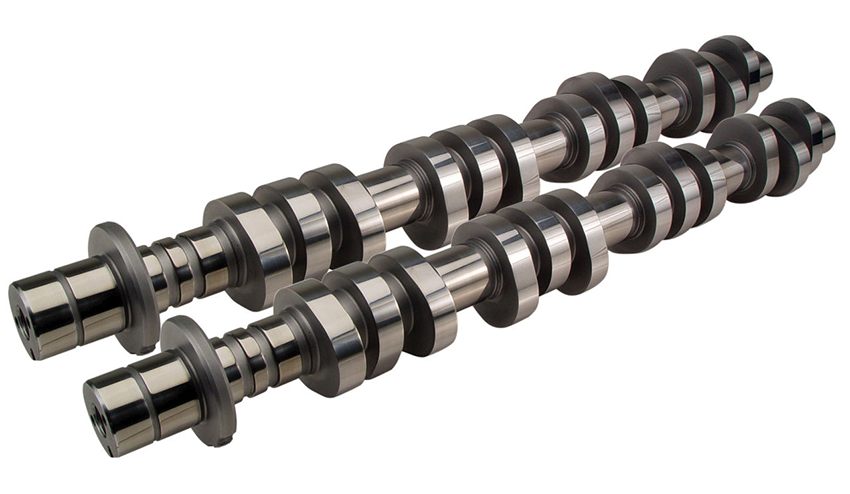Optimizing a cam mechanism using Adam and MATLAB
The design of a cam for high-speed production machines with various operating criteria imposes various conflicting objectives
Newsletter EnginSoft Year 16 n°1
By Léo Moussafir, Sidel GROUP | Vito Primavera, EnginSoft

Optimizing a cam mechanism using Adam and MATLAB


